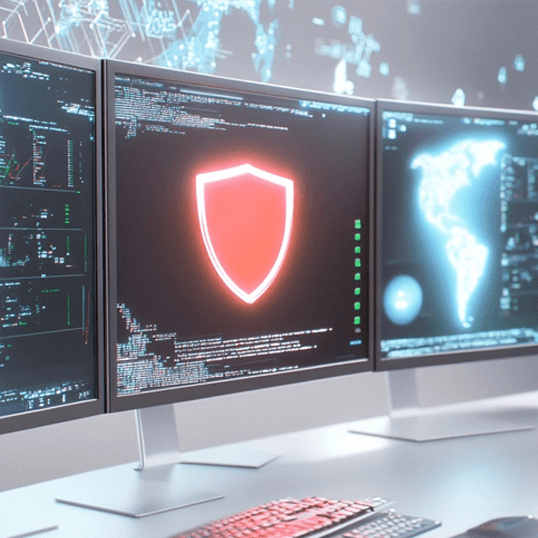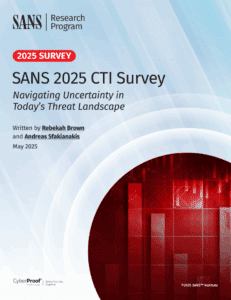In today’s dynamic cybersecurity landscape, the workforce is more expansive, diverse, and global than ever before. According to recent ISC2 research, the industry now employs over 5.5 million individuals, reflecting a 9% growth since 2022. Despite this expansion, a critical gap of 4.4 million roles remains between the available workforce and the roles that need to be filled. The rapid evolution of AI and machine learning technologies, along with a complex and ever-changing threat landscape, has made bridging this skills gap more important than ever.
The challenges security teams are facing today
Today’s security teams are overstretched and facing unprecedented challenges. As attackers refine their methods, the defense mechanisms required to counter them also become more sophisticated. Security professionals need to keep pace with developments in cloud computing, data management, and software. However, many teams struggle to fully leverage these technological advancements, leading to gaps in visibility and threat mitigation.
Amidst global budget constraints and cutbacks, security teams are expected to achieve more with fewer resources, compounding the skills shortage.
The increasing demands on security professionals, combined with high expectations and limited resources, are causing burnout among employees, which in turn exacerbates high turnover rates. Amidst global budget constraints and cutbacks, security teams are expected to achieve more with fewer resources, compounding the skills shortage.
Addressing the gap in cloud and AI tech
A significant area where this gap is most keenly felt is cloud computing and AI. As organizations shift towards cloud-native infrastructures, IT and security teams must stay up-to-date with ever-changing security, compliance, and innovation standards. In the world of cloud computing, everything is code. This means that security teams must train members that may have been infrastructure or network professionals in code development, or add computer programmers to their teams. To adapt to today’s advanced threat landscape, cybersecurity defenses need to be optimized and implemented across cloud environments and multiple layers.
Experts with specialized skills are required at every stage, meaning that the impact of the skills gap is felt across all organizational levels. This skills gap directly affects an organization’s ability to respond to threats and optimize cloud-based defenses.
Diversity in cybersecurity should be global
Expanding the pool of cybersecurity talent starts with diversity. Professionals from non-technical backgrounds bring valuable analytical, economic, and legal skills to enrich security teams with fresh perspectives. Embracing diversity of identities and skill sets strengthens security defenses.
Global teams are crucial for addressing the skills gap, labor cost and ensuring 24/7 coverage. By leveraging talent from multiple regions, organizations can maintain constant monitoring and rapid response to emerging threats. This approach provides access to a wide range of skills, from technical expertise to crucial soft skills like communication and problem-solving. Programs such as UST Step IT Up that retrain women, minorities, and military veterans to become technology professionals allow organizations to access and train employees from diverse backgrounds in specific technical roles. This can further expand an organization’s ability to bring forward future-focused solutions with diversity.
Maximizing resources to bridge the gap
To bridge the skills gap while navigating reduced budgets, organizations should prioritize internal growth opportunities. Encouraging employees to expand their knowledge, take on new responsibilities, and create value horizontally and vertically can reduce the need for expensive external hires.
Technology must also be used efficiently to navigate the challenges of slashed budgets and increased costs. Organizations should ensure that they have visibility into the technological infrastructure that makes up their digital ecosystems – from software licenses to cloud environments. Today’s security teams often work with a wide range of tools that make up a security infrastructure. Using GenAI tools, much of this can be simplified to focus on security tactics and techniques rather than tool-specific methodologies. Data lakes and AI-driven logging and parsing techniques, in addition, can help reduce costs while increasing performance, allowing security teams to maximize incoming data to build a stronger security defense.
Much of this can be fostered and supported by a work culture that is powered by innovation and growth – security and IT teams that are encouraged to learn and upskill within their workplace are an excellent resource to organizations looking to do more with less.
Adopting a hybrid model to scale
Adopting a hybrid SOC model is an effective strategy to enhance capabilities while managing costs and scalability. Gartner research suggests bringing together both in-house and outsourced teams, allowing for flexible resource allocation based on business priorities, skill availability, and budget.
In a hybrid SOC, routine tasks are often outsourced to reduce overhead, while more critical functions are managed internally to maintain control and security. The model supports strategic decisions about which activities to keep in-house and which to outsource, optimizing operations and addressing the challenge of recruiting for highly specialized roles that may be impractical for many organizations to staff permanently.
If your enterprise is navigating skills shortages amidst advancing cyber threats, working with an advanced Managed XDR provider like CyberProof can help close the gaps to mitigate risk. Our nation-state-trained security experts extend your team’s capabilities by providing you with a dedicated team that proactively detects and responds to validated incidents, which frees up your team to focus on higher impact activities.
Interested in learning more about CyberProof’s teams can help bridge gaps in your security coverage? Speak to an expert.














